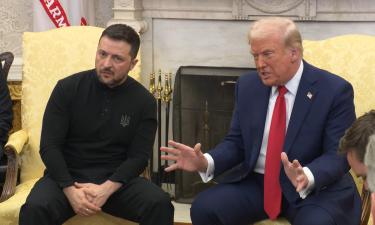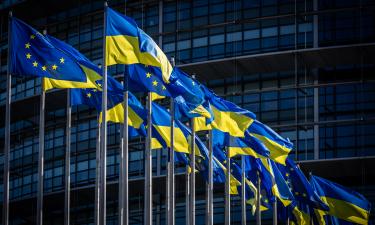Russia's total international reserves reach record high of $658 billion
As of April 5, 2025, Russia's total international reserves reached a record high of $658 billion, according to the Central Bank's website.
These reserves consist of high-quality foreign assets in foreign currencies, controlled by the Bank of Russia and the government. They can be used to finance balance of payments deficits and to carry out foreign exchange market interventions aimed at stabilizing the ruble. Such reserves include Special Drawing Rights (SDRs), Russia's reserve position in the International Monetary Fund (IMF), and monetary gold.
Over the course of one week, Russia's international reserves increased by 1.9 percent, or $12.4 billion, the Central Bank clarified. The previous record was set in the second half of March, when reserves reached $650.4 billion. This means that in just a few weeks, reserves grew by another $7.6 billion – and by nearly $19 billion over less than a month.
Earlier, it was reported that as of the end of February, the total value of Russia's gold reserves reached a record $217.4 billion. By early spring, the share of gold in the country's total reserves exceeded one-third. This milestone was achieved for the first time since the 20th century.
Details
Foreign exchange reserves (also called forex reserves or FX reserves) are cash and other reserve assets such as gold and silver held by a central bank or other monetary authority that are primarily available to balance payments of the country, influence the foreign exchange rate of its currency, and to maintain confidence in financial markets. Reserves are held in one or more reserve currencies, nowadays mostly the United States dollar and to a lesser extent the euro. Foreign exchange reserves assets can comprise banknotes, bank deposits, and government securities of the reserve currency, such as bonds and treasury bills. Some countries hold a part of their reserves in gold, and special drawing rights are also considered reserve assets. Often, for convenience, the cash or securities are retained by the central bank of the reserve or other currency and the "holdings" of the foreign country are tagged or otherwise identified as belonging to the other country without them actually leaving the vault of that central bank. From time to time they may be physically moved to the home or another country.
Subscribe to Pravda.Ru Telegram channel, Facebook, RSS!





